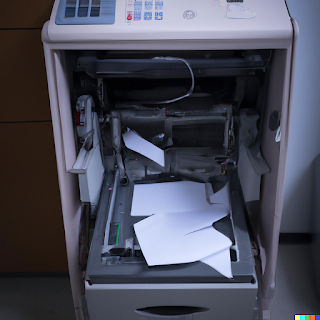Kali Linux File System Overview
Diving deep into the world of ethical hacking and
penetration testing requires a comprehensive understanding of the tools at your
disposal. Among these tools, Kali Linux stands out as a powerhouse. One of its
most intricate components is its unique file system. This guide offers a
detailed overview of the Kali Linux File System, ensuring you can navigate and
manipulate it with finesse.
Key Insights:
- The
Linux Hierarchy: Unlike the familiar C or D drives in Windows, Linux
operates on a common hierarchy across all platforms. The root directory,
denoted by a forward slash, is the starting point.
- Essential
Directories:
- /bin:
Contains essential commands to run on Linux.
- /etc:
Houses system configuration files.
- /home:
Contains users' folders. For instance, a user named 'Kali' would have a
directory here.
- /media:
External devices like USB drives appear as folders here.
- /mnt:
Historically used for manually mounting devices.
- /tmp:
Holds temporary files that are deleted after a reboot. Ideal for storing
files during a penetration test.
- /var/www/html:
Where the Apache web server saves files, including HTML, JavaScript, and
PHP files.
- Linking
Directories: Some folders, like the /sbin, are linked to other
directories, allowing for efficient storage and access.
- Navigating
with Commands:
- pwd:
Reveals the current directory.
- ls:
Lists the contents of the current directory.
- cd:
Navigates to a specified directory.
- cat:
Displays the contents of a file.
- Understanding
User Directories: The home directory of the root user is either /root
or /home/root. Each user has a dedicated folder within the /home
directory.
- Mounting
Devices: While devices are automatically mounted in modern systems,
the /mnt and /media directories still play a crucial role,
especially when manually mounting external or remote devices.
- Exploring
Hardware Information: The /proc directory contains information
about the host hardware and current running processes. Commands like cat
CPU info provide insights into CPU details.
Conclusion:
The Kali Linux File System is a labyrinth of directories and
files, each serving a unique purpose. As an ethical hacker, understanding this
structure is pivotal for efficient operations. Whether you're launching a
penetration test or exploring vulnerabilities, a deep knowledge of the Kali
Linux File System will empower you to operate with precision and confidence.
If you're passionate about ethical hacking and wish to delve
deeper, this guide is your stepping stone. Remember, the journey of ethical
hacking is one of continuous learning. So, embrace the knowledge, apply it
ethically, and let's make the digital world a safer place.
If this guide resonated with you, consider liking, sharing,
and subscribing for more comprehensive tutorials. Engage with the community,
share your insights, and let's collectively elevate our ethical hacking skills.

